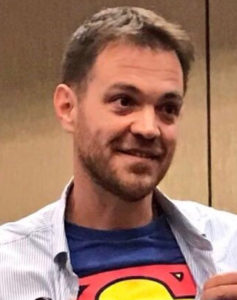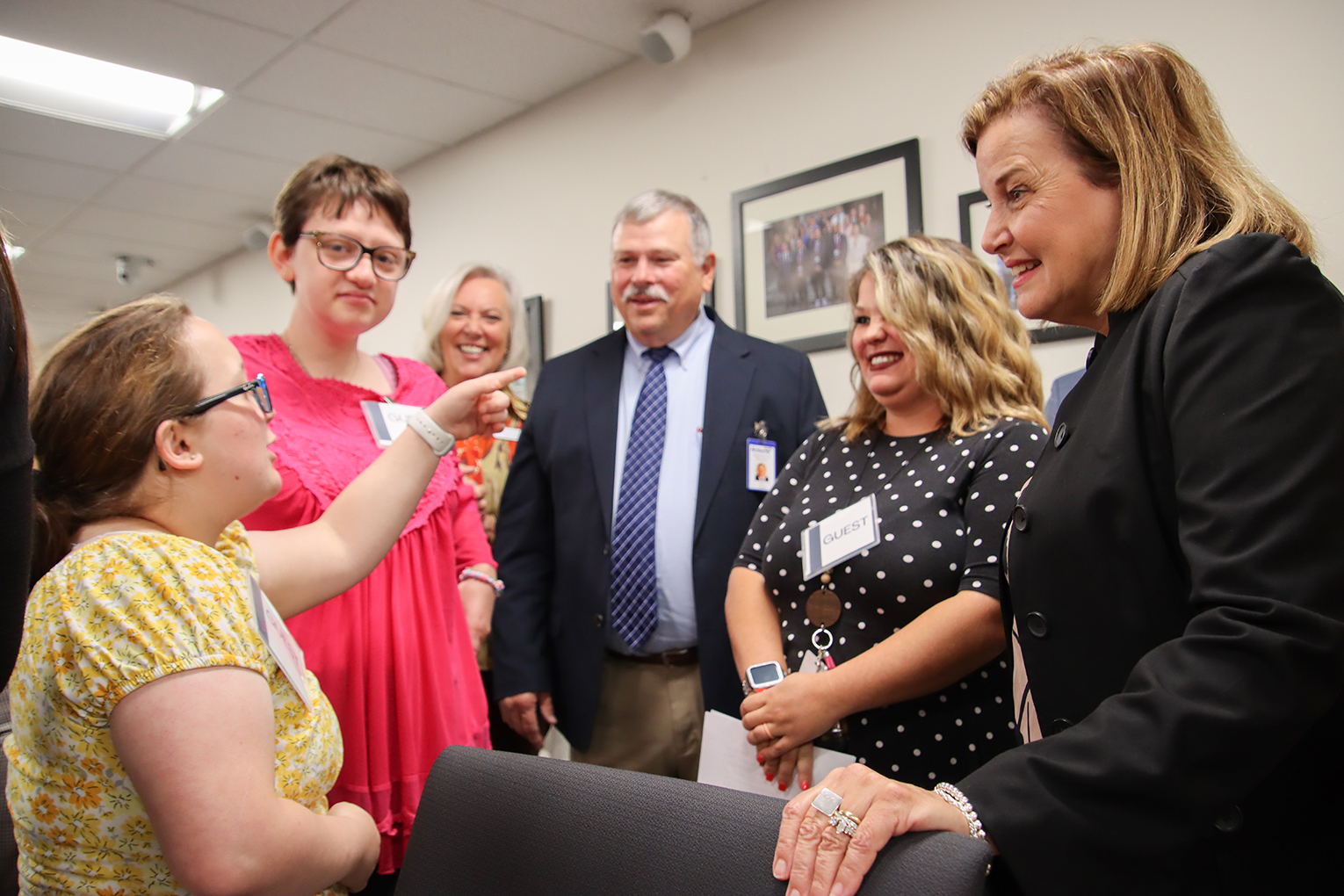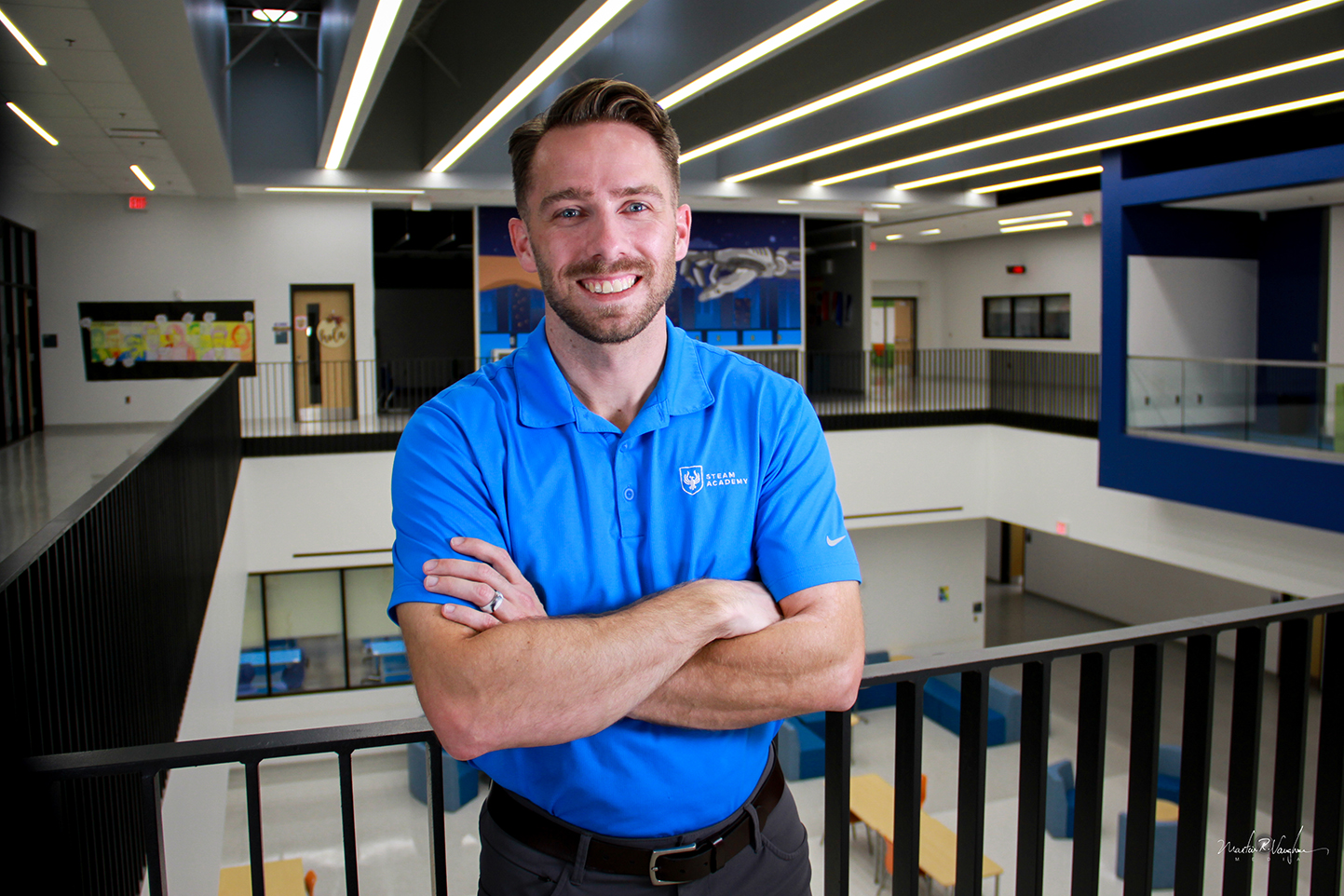This story originally appeared on the ETR blog.
The Every Student Succeeds Act (ESSA) is transforming opportunities in health and physical education. We are moving away from federal mandates and into an era where local communities can step forward and create powerful, locally relevant programs in health and physical education (PE).

Daniel Hill
Finally! We have greater local control and an act that identifies health and PE as essential subjects in a well-rounded education. That means new funding is available to support exemplary health and PE programs. Our friend and colleague Jamie Sparks, school health program manager at ETR, recently wrote about these exciting changes.
Our district, Fayette County Public Schools (FCPS) has been working with the ESSA framework to bring more materials and professional development to our programs. We’d like to share some of the things we’ve done.
ABOUT OUR SCHOOLS AND PROGRAMS
Located in the heart of Kentucky’s horse country, FCPS serves nearly 42,000 students. Every decision we make, from the board room to the classroom, is based on doing what’s best for all our students.
Kentucky is a local control state. Individual school-based decision-making councils make decisions on curriculum, school schedules, and instructional priorities. In our district, annual reports on health and wellness initiatives in each of our 61 schools and programs drive our decisions about healthy practices.
Getting all schools to buy in to wellness, activity and a districtwide curriculum can be difficult. We credit our PE/health teachers for choosing to take the whole district approach. This unified approach strengthens our ability to implement programs effectively. Additionally, some of our most vulnerable students have high mobility during any given school year. Many do not matriculate in any given school. Having a districtwide curriculum allows all of our students to have continuity of instruction.
Kentucky state law requires only one-half credit of physical education for high school graduation. It is up to districts to determine how best to serve their students in the areas of health and PE. Our district wants students to have considerably more PE and health instruction than required by law. FCPS believes strongly in the whole child approach to education. We staff every one of our schools with certified physical education teachers.
PLANNING AND COLLABORATION
Putting ESSA to work takes both planning and collaboration. Annual health and wellness reports for each building in FCPS demonstrated the need for a comprehensive health education curriculum. Our district wellness coordinator advocated for the purchase of ETR’s HealthSmart curriculum. We needed a plan and we needed to submit our proposal.
Our PE/health teachers met and reviewed a range of options, and agreed that HealthSmart had the components they wanted to see in a comprehensive curriculum. This became an integral part of our plan, along with provision of more professional development for our teachers.
Because Kentucky is a local control state, our district cannot tell schools what curriculum to use for their subjects. The district offered to provide curricula so schools would not need to use their own textbook funds to purchase. Most schools saw the value in that.
Senior Director of Curriculum and Support Kate McAnelly was instrumental in the use of Title IV funds for professional development and support. She is the budget manager and enthusiastically approved the use of those funds for both the curriculum materials and professional development expenses. We also had a lot of support from our local health department, school nurses and a group called Lex Ed, which promotes comprehensive sex education in Lexington schools.
Additionally, University of Kentucky physical education professor Aaron Beighle regularly collaborates with districts to provide professional development. US Games, a PE equipment company, has provided resources, curriculum and discounts on materials needed to implement a quality PE program.
LEVERAGING LOCAL DECISION MAKING
The FCPS experience with ESSA offers a great example of the power of local decision making. We used our own data and staff expertise to determine our priorities. Data in our schools with high Title I populations (that is, higher percentages of children from low-income families) showed us that many of these students had high mobility between schools. As they moved from school to school, they were missing content, sometimes entire units of study. We felt this was likely to have an impact on their ability to learn.
With the opportunity to use local decision making, we were able to establish a districtwide approach that addresses the greatest areas of need for all of our students while also responding to the particular needs of high mobility students. We were able to provide ongoing focus on health and PE, affirming them as essential elements in students’ education as well as preparation for life beyond school.
NEXT STEPS
These are relatively new directions for our PE/health teachers. We have gathered and are currently compiling and analyzing data on their experiences, student attitudes and behaviors, and educators’ suggestions for the future of our PE/health programs. We are committed to using continuous improvement strategies to keep our programs relevant and updated.
In the coming year, we plan to train all PE/health teachers on the HealthSmart curriculum. We also will be providing content-specific professional development to teachers throughout the year.
We are creating a Youth Wellness Council—a council of middle and high students to drive wellness, health, safety and curriculum decisions in the district and the community from a student perspective. We will be modeling this group on our already-existing and highly successful Bluegrass Youth Sustainability Council.
We will continue to provide professional development for all schools. We will choose another 24 schools to receive funds for state conferences, as well as another five for the national conference. We hope to send all staff who want to attend a conference at least one time every five years.
We will continue to use teacher feedback and district data to inform our directions for district professional development for all health and PE teachers.
We will be using health and PE teachers to guide the work of individual school wellness councils and policies. Our focus in these councils will be preventing obesity, mental health awareness, substance abuse prevention and stress relief.
We will continue to provide curriculum supports for PE/health teachers.
INSPIRING OUR TEACHERS, SUPPORTING OUR STUDENTS
All students deserve the best education opportunities possible. Investment in the whole child approach ensures that we are meeting students where they are while removing as many barriers to learning as we possibly can. PE and health education teach students self-care, team work and the value of everyone’s contributions. In short, they offer basic building blocks to emotional intelligence—arguably one of the most important skill sets in the 21st-century economy.
Daniel Hill, NBCT, is a physical education teacher with the Fayette County Public Schools. He is a trainer with OPEN, the Online Physical Education Network, and is current president of KyAHPERD. Debbie Boian is health services coordinator at Fayette County Public Schools.



Leave A Comment